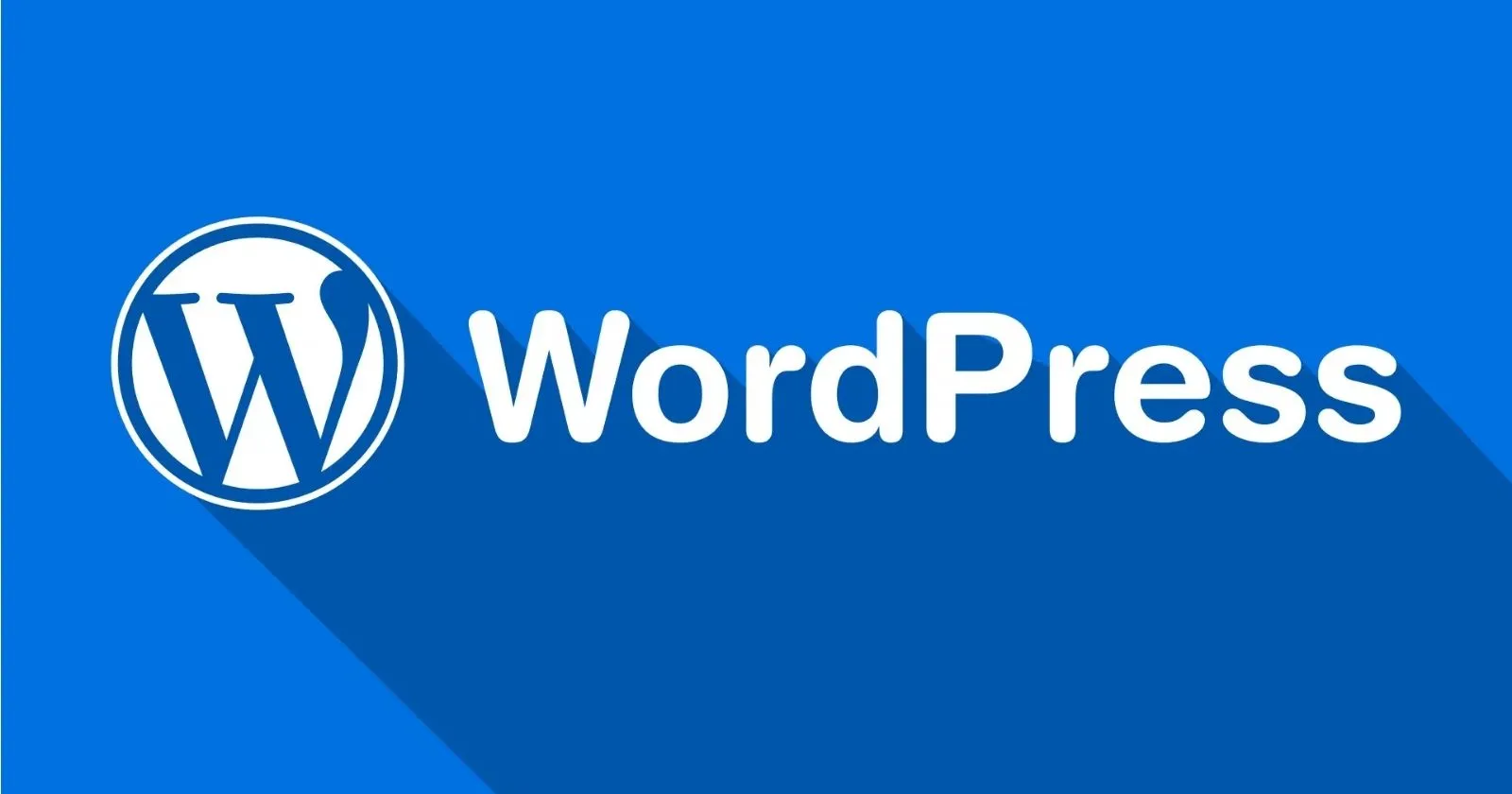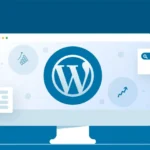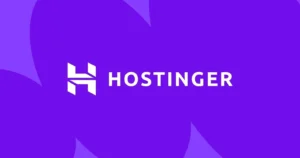What is a WordPress Theme? Understanding Design & Customization
At its core, a WordPress theme is a collection of files that dictates the overall design, layout, and visual styling of your WordPress website. Think of it as the interchangeable skin for your site. While WordPress itself handles the content management (storing your posts, pages, media), the active theme determines how that content is presented to your visitors. From colors and fonts to page templates and widget areas, the theme controls the aesthetic and structural presentation. Choosing the right WordPress theme is a critical step in website creation, as it significantly impacts user experience, branding, and even site performance.
Table of Contents
The Purpose and Function of a WordPress Theme
A theme’s primary purpose is to control the visual front-end of a WordPress site. Its key functions include:
- Design & Styling: Defines the site’s color palettes, typography (fonts, sizes, spacing), button styles, and overall look and feel using CSS (Cascading Style Sheets).
- Layout & Structure: Determines the arrangement of elements like the header, footer, sidebars, content areas, and navigation menus using template files (typically PHP and HTML).
- Template Hierarchy: Leverages WordPress’s template hierarchy to display different types of content (e.g., single posts, pages, archives, search results) using specific template files.
- Responsiveness: Ensures the website adapts and displays correctly across various devices and screen sizes (desktops, tablets, smartphones).
- Widget Areas & Menus: Defines locations where users can add widgets (via Appearance > Widgets) and display navigation menus (via Appearance > Menus).
- Theme Options/Customization: Provides settings (often via the Customizer or a dedicated options panel) to allow users to modify aspects of the design without coding. Block themes utilize `theme.json` and the Site Editor for global styles and template editing.
Read also : WordPress Pricing Explained
Types of WordPress Themes
WordPress themes come in various forms:
- Free vs. Premium: Free themes are available from WordPress.org, offering basic functionality, while premium themes (purchased from marketplaces or developers) typically provide more features, customization options, and dedicated support.
- Niche vs. Multipurpose: Niche themes are designed for specific industries (e.g., restaurants, photography, real estate), while multipurpose themes are highly flexible and can be adapted for almost any type of website.
- Classic vs. Block Themes:
- Classic Themes: The traditional type, relying on PHP templates, hooks, and the Customizer for settings.
- Block Themes: Designed for Full Site Editing (FSE), built entirely with blocks, using `theme.json` for global styles, and customized via the Site Editor (Appearance > Editor).
- Theme Frameworks & Child Themes: Frameworks (like Genesis) provide a core foundation, while child themes inherit the functionality of a parent theme, allowing safe customization without modifying the parent theme’s files directly. Using a child theme is best practice for any significant customization.
Customizing Your WordPress Theme
WordPress offers several ways to customize your theme:
- WordPress Customizer (Appearance > Customize): Primarily used for classic themes, offering a live preview interface to change settings like colors, fonts, logos, widgets, menus, and theme-specific options.
- Site Editor (Appearance > Editor): Used for block themes, allowing visual editing of templates, template parts, and global styles using blocks.
- Theme Options Panel: Some themes include their own dedicated settings page in the WordPress admin for more complex configurations.
- Page Builders: Plugins like Elementor or Beaver Builder often work alongside themes, providing drag-and-drop interfaces to create custom page layouts that can override theme defaults.
- Child Themes & Custom Code: For advanced customization, creating a child theme allows you to add custom CSS, modify template files, or add PHP functions safely.
Need Help Choosing or Customizing a WordPress Theme?
Selecting the right theme and tailoring it to your brand can be overwhelming. WebDest provides expert guidance and development services to ensure your theme perfectly matches your vision and goals.
Our Theme Services:
- ✓ Theme Selection Consultancy
- ✓ Premium & Custom Theme Development
- ✓ Child Theme Creation
- ✓ Theme Customization (CSS, PHP)
- ✓ Block Theme & FSE Expertise
Where to Find WordPress Themes
- Official WordPress.org Theme Directory: The largest collection of free themes.
- Premium Theme Marketplaces: Popular platforms like ThemeForest (Envato Market), Creative Market.
- Independent Theme Shops/Developers: Reputable providers like Elegant Themes (Divi), StudioPress (Genesis), Astra, Kadence WP, GeneratePress, WPZoom, etc.
Read also : How to Use Elementor with WordPress
Conclusion: The Importance of the Right Theme
A WordPress theme is more than just a pretty face for your website; it’s the structural and visual backbone. It influences how users perceive your brand, how easily they can navigate your content, and how well your site performs. Whether you opt for a free theme from WordPress.org, invest in a premium multipurpose theme, or commission a custom build, understanding the role and options available is key. Choosing a well-coded, responsive, and actively maintained theme, like those recommended or built by WebDest, sets a strong foundation for a successful WordPress website.
Read also : Is WordPress Free? (.org Software vs .com Free Plan Explained)




